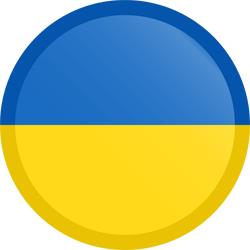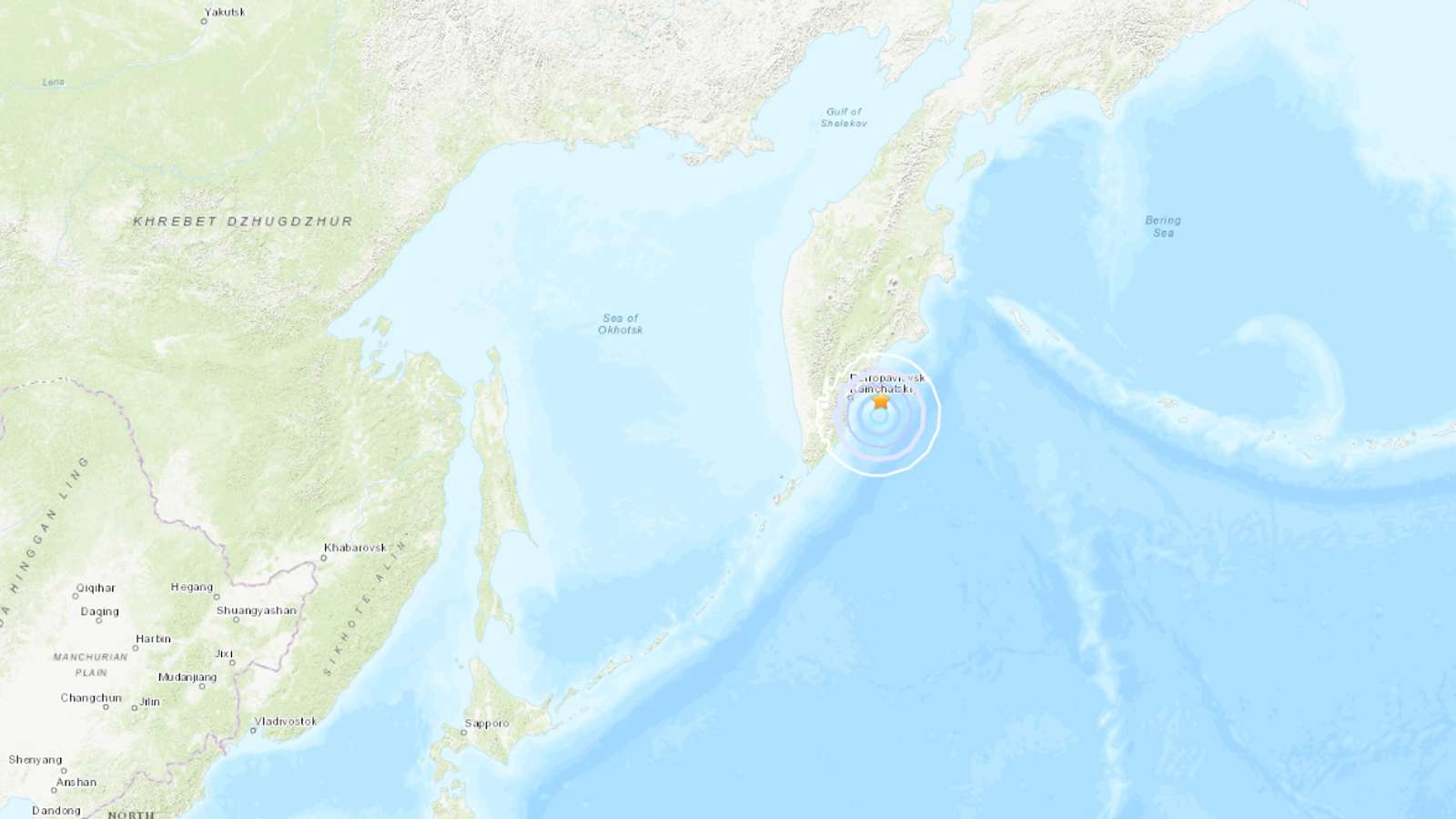- cross-posted to:
- [email protected]
- [email protected]
- cross-posted to:
- [email protected]
- [email protected]
Wow, I didn’t think the US would let Ukraine use their earthquake generation technology
Hopefully this redirects Russian troops towards the area.
The tsunami warning said waves up to a metre above tide level were possible for some coastal areas in Russia but added that impacts were likely to be limited.
My guess is that that probably won’t be a huge deal. This is the Pacific Rim, and if you’re on that, you’ll build for earthquakes.
https://en.wikipedia.org/wiki/Ring_of_fire
The Ring of Fire (also known as the Pacific Ring of Fire, the Rim of Fire, the Girdle of Fire or the Circum-Pacific belt)[note 1] is a tectonic belt of volcanoes and earthquakes.
It is about 40,000 km (25,000 mi) long[1] and up to about 500 km (310 mi) wide,[2] and surrounds most of the Pacific Ocean.
The Ring of Fire contains between 750 and 915 active or dormant volcanoes, around two-thirds of the world total.[3][4] The exact number of volcanoes within the Ring of Fire depends on which regions are included.
About 90% of the world’s earthquakes,[5] including most of its largest,[6][7] occur within the belt.
Pacific Rim countries can maybe get clobbered by an exceptionally large earthquake, the way Japan did in 2011:
https://en.wikipedia.org/wiki/2011_Tōhoku_earthquake_and_tsunami
On 11 March 2011, at 14:46 JST (05:46 UTC), a Mw 9.0–9.1 undersea megathrust earthquake occurred in the Pacific Ocean, 72 km (45 mi) east of the Oshika Peninsula of the Tōhoku region. It lasted approximately six minutes and caused a tsunami. It is sometimes known in Japan as the “Great East Japan Earthquake” (東日本大震災, Higashi nihon daishinsai), among other names.[en 1] The disaster is often referred to by its numerical date, 3.11 (read san ten ichi-ichi in Japanese).[31][32][33]
It was the most powerful earthquake ever recorded in Japan, and the fourth most powerful earthquake recorded in the world since modern seismography began in 1900.[34][35][36] The earthquake triggered powerful tsunami waves that may have reached heights of up to 40.5 meters (133 ft) in Miyako in Tōhoku’s Iwate Prefecture,[37][38] and which, in the Sendai area, traveled at 700 km/h (435 mph)[39] and up to 10 km (6 mi) inland.[40]
Or Chile in 1960:
https://en.wikipedia.org/wiki/1960_Valdivia_earthquake
The 1960 Valdivia earthquake and tsunami (Spanish: Terremoto de Valdivia) or the Great Chilean earthquake (Gran terremoto de Chile) on 22 May 1960 was the most powerful earthquake ever recorded. Most studies have placed it at 9.4–9.6 on the moment magnitude scale,[1] while some studies have placed the magnitude lower than 9.4.[6][7] It occurred in the afternoon (19:11 GMT, 15:11 local time), and lasted 10 minutes. The resulting tsunamis affected southern Chile, Hawaii, Japan, the Philippines, eastern New Zealand, southeast Australia, and the Aleutian Islands.
But those earthquakes were, respectively, at least 63 times as strong and 158 times as strong as this Russian earthquake.
Damn…tsunami waves 133 ft high going 435 mph. That is absolutely wild.
https://education.nationalgeographic.org/resource/tohoku-earthquake-and-tsunami/
Looks like Miller got his hands on East Wind




